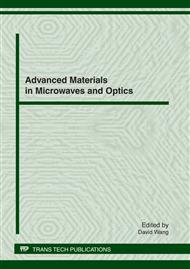p.640
p.646
p.652
p.659
p.666
p.675
p.682
p.689
p.696
Research on Drought Monitoring of Fuxin Based on MODIS Data
Abstract:
In this paper, the temperature vegetation dryness index (TVDI) method and thermal inertia index method are designated as the way of modeling drought monitoring in Fuxin. First, the temperature vegetation dryness index and the thermal inertia index are obtained by means of the parameters. Then with soil water content data measured actually at meteorological stations in Fuxin, the empirical models of Temperature Vegetation Dryness Index–Soil Water Content (TVDI-SWC) and apparent Thermal Inertia-Soil Water Content (ATI-SWC) are established. After regression analysis and forecasting analysis of 2006, the results clearly show that the ATI-SWC model generally outperforms TVDI-SWC model on prevernal drought monitoring in Fuxin. It can be used for quick and exact estimation of the whole drought condition of Fuxin.
Info:
Periodical:
Pages:
666-674
Citation:
Online since:
January 2012
Authors:
Keywords:
Price:
Сopyright:
© 2012 Trans Tech Publications Ltd. All Rights Reserved
Share:
Citation:


